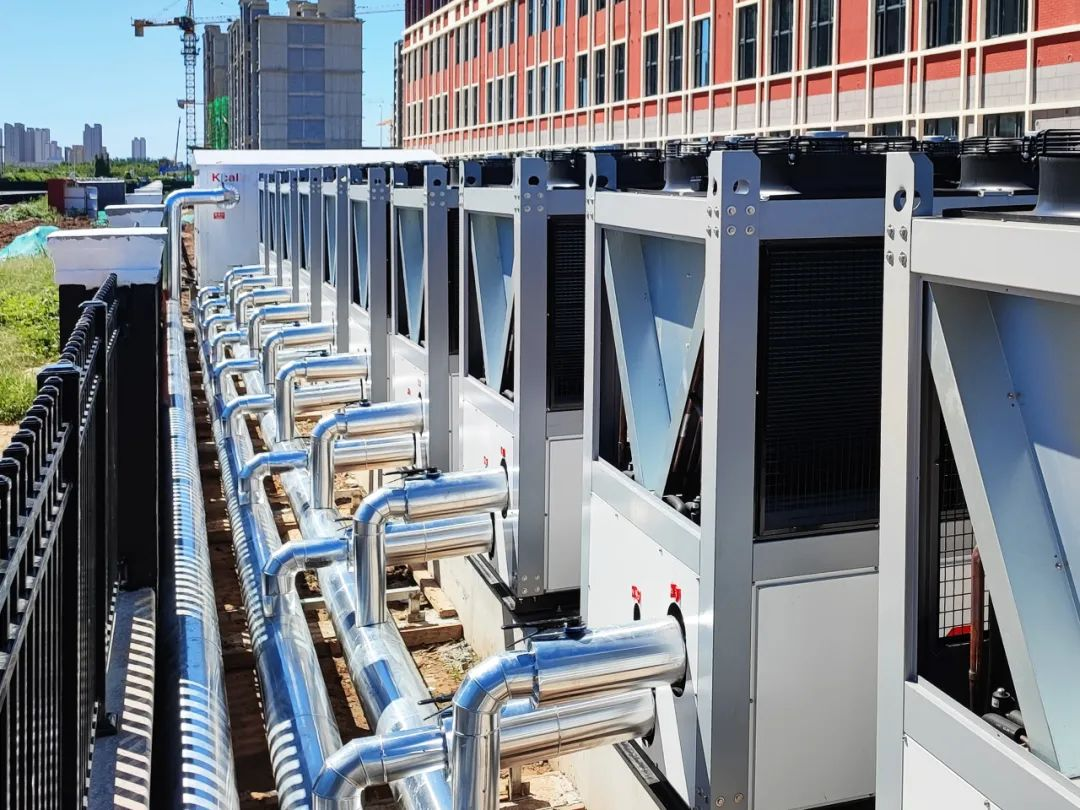In the cold winter, the heating needs of residents in residential areas have become an important living guarantee. However, not all residential areas can achieve traditional centralized heating methods, and the energy consumption and environmental problems caused by heating are becoming increasingly prominent. Fortunately, distributed energy stations, as a new type of heating solution, are gradually entering our lives, bringing warmth to residents in residential areas and enabling the realization of environmental protection concepts. Let's take a look at how distributed energy stations enable warmth and environmental protection to coexist.
Difficulty in heating in residential areas: difficulty in achieving centralized heating
For some communities, achieving centralized heating is not an easy task due to geographical location, building structure, and other reasons. Traditional centralized heating requires the construction of heating facilities and pipelines, which are costly and have a long cycle. This has led to many communities adopting decentralized heating methods for a long time, such as electric heating, gas heating, etc., but these methods have problems of energy waste and environmental pollution.

Distributed energy stations: a combination of warmth and environmental protection
Distributed energy stations, as an emerging heating model, are bringing new hope to residents in residential areas. It distributes heating equipment within each community, with each community providing independent heating and no longer relying on long-distance heating networks. This new type of heating method effectively solves the problem of difficulty in achieving centralized heating, and more importantly, it combines warmth and environmental protection.
Warm experience: Comfort and energy efficiency coexist
The air source heat pump and other technologies used in distributed energy stations not only provide comfortable and stable heating effects, but also significantly reduce energy consumption. Compared with traditional heating methods, air source heat pumps utilize the heat energy in the environment for heat exchange, without the need to burn fossil fuels, avoiding a large amount of carbon dioxide emissions and reducing environmental pollution. Residents not only enjoy warmth, but also contribute their own efforts to the environmental protection cause.
Environmental protection concept: reducing carbon emissions and improving ecology
With the continuous improvement of environmental awareness in society, choosing distributed energy stations for heating has become a trend. This heating method not only reduces a large amount of carbon dioxide emissions during use, but also helps improve the surrounding air quality. The independent heating within the community no longer relies on traditional energy sources such as coal, but utilizes clean air heat energy, contributing to the improvement of the urban ecological environment.
Energy saving and cost saving: Economical and affordable, benefiting the country and the people
Distributed energy stations are not only environmentally friendly, but also bring economic benefits. Residents can enjoy lower heating costs, and the operating costs of air source heat pumps and other equipment are relatively low, saving them energy expenses. With policy support, more and more residential areas are adopting this new type of heating method, contributing to energy structure adjustment and economic development.
Distributed energy stations allow for the coexistence of warmth and environmental protection, which is a major innovation in the current community heating field. It not only solves the problem of difficulty in achieving centralized heating in residential areas, but also enables residents to actively participate in environmental protection actions during the heating process. With the continuous development and application of technology, it is believed that distributed energy stations will be implemented in more residential areas, bringing more warmth to our lives and contributing more to the environmental protection of the earth. Let's embrace this warm and environmentally friendly future together!







Comment